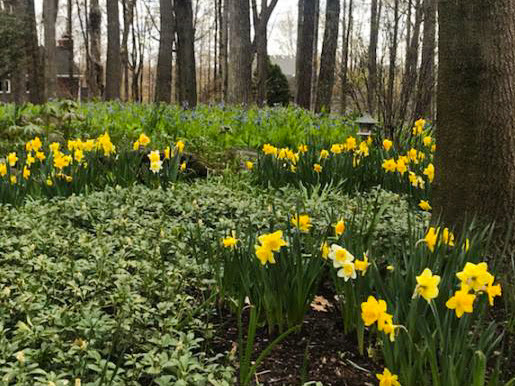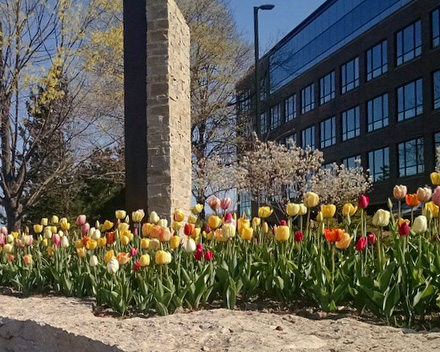A Guide to Permeable Pavers
An Environmentally-Friendly Option for Your Hardscape Project
Whether you’re required to use them or you just want to know more about what they are, permeable pavers are a hot topic these days. Local requirements are often the driver of these conversations, but many homeowners are also becoming more aware of the benefits of adding a permeable paver patio or using permeable pavers for a walkway and/or driveway.
As more municipalities are becoming concerned with the problems storm water runoff create, there have been increasing restrictions placed on the amount of impervious surface allowed on a property. For example, lakefront property owners are often limited as to how many square feet of impervious material can be used in their landscape. It is not without good reason that these restrictions exist. Storm water runoff can overwhelm sewer systems and/or increase the number of pollutants the end up in area lakes and rivers.
According to the MMSD, permeable pavers have several benefits:
- Helps protect our streams and lakes from pollution by reducing storm water runoff
- Reduces erosion and flooding risks associated with high runoff volumes
- Needs less salt for de-icing in the winter
- Manages a lot of run off in a small space
- Absorbs less heat than asphalt in the summer because of its lighter colors, thus cooling and humidifying the ambient air
What are Permeable Pavers?
Permeable pavers replicate the natural process that occurs on the ground’s surface. The permeable pavement system allows water to pass through the joints and seep into the ground naturally rather than turning into runoff headed directly into the sewer system. Permeable pavers also filter out pollutants such as contaminants from vehicles, de-icing salt and chemical products, keeping them from polluting waterways.
Aesthetics of Permeable Pavers
A range of styles are available for permeable pavers, which means you will not sacrifice the aesthetics of your hardscape project. Our trusted suppliers, like Techo-Bloc, Unilock and Belgard have a wide range of styles and colors to ensure your permeable paver project complements the look of your property.
Permeable Paver System Installation
The process of installing permeable pavers is a bit different from traditional paver installation. Permeable pavers are just one part of a complete system—with various layers and sizes of crushed stone to make the system permeable.
For this reason, permeable pavers are installed using layers of varying-sized stone or aggregate underneath to filter and direct storm water to underground aquifers. Proper base preparation is necessary to accommodate all of the water that is going to be percolating into the gravel beneath the pavers. It’s the installation of the base that is critical to the success of your permeable paver patio, walkway, or driveway.
We invested in equipment recently to help streamline the installation of a permeable paver parking lot for a commercial customer. Rather than requiring human labor to individually place pavers one by one, this equipment allows a pallet of pavers to be placed – saving time and preserving the health of our employees. You can see it in action below:
If you are interested in learning more about leveraging permeable pavers on your property, feel free to contact one of our experts today. We can help you design, select materials, and ensure proper installation of your hardscape project. Call 262-252-4260 or visit www.amerlandscape.com to learn more.





